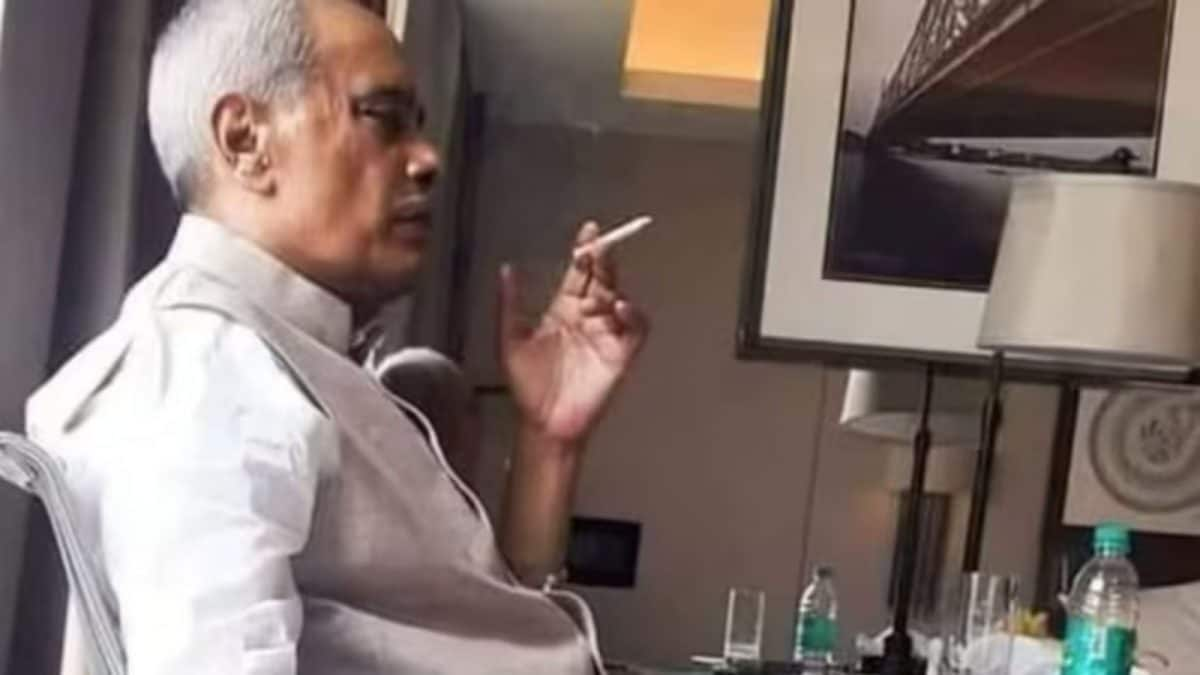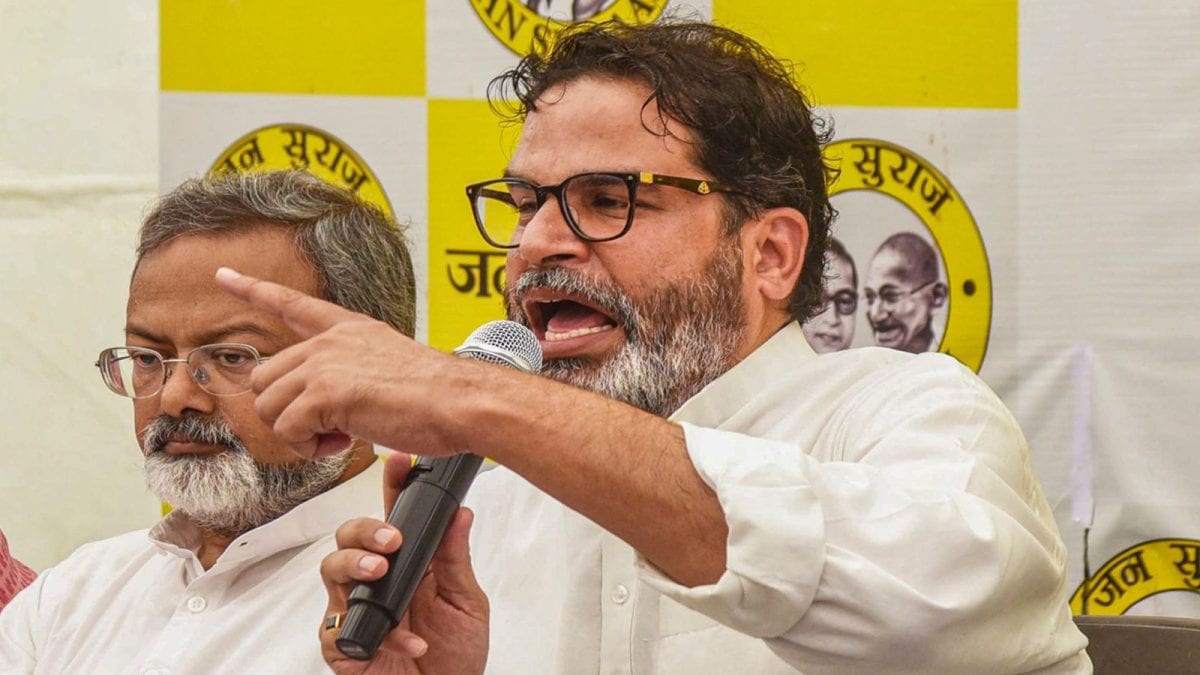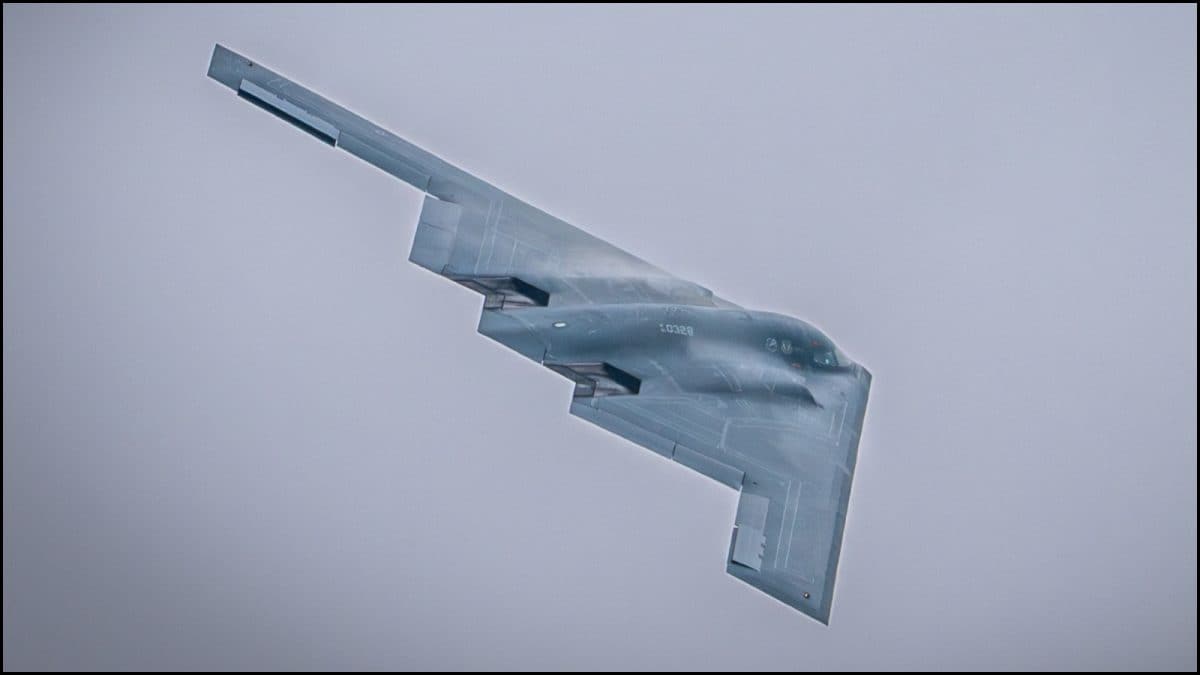ARTICLE AD BOX
Last Updated:June 30, 2025, 14:01 IST
According to the BJP's constitution, the national president can only be elected after organisational elections in at least 50% of its state units are completed

JP Nadda, who took charge in January 2020, was originally slated to complete his term in June 2023. (PTI Photo)
The suspense over who will succeed JP Nadda as the next national president of the Bharatiya Janata Party (BJP) has persisted for several months, with party insiders indicating that a decision could be imminent, possibly as early as the second week of July. Nadda, who took charge in January 2020, was originally slated to complete his term in June 2023. However, with the party in election mode for most of the past two years, facing state polls and then the general elections, his term was extended.
Now, as the BJP turns its focus to the 2025 Bihar Assembly polls and other state elections in West Bengal, Kerala, Tamil Nadu, and Assam in 2026, the leadership change is being seen as both strategic and timely.
Why 19 Matters in BJP’s Organisational Math
According to the BJP’s constitution, the national president can only be elected after organisational elections in at least 50% of its state units are completed. With the BJP having 37 recognised state units, this threshold is met once 19 state presidents are in place.
So far, the party has completed appointments in 14 states. Senior party leaders say the remaining five will be wrapped up within weeks. In fact, the internal machinery is already active; elections for district and mandal units are reportedly underway in several states. Nearly 18 states have completed over half of their district-level elections, which form the base of the party’s elaborate, bottom-up electoral structure.
A senior BJP leader recently confirmed that once these pending state unit elections are wrapped up, the path to selecting a new national president will be formally cleared.
How BJP Elects Its President
The BJP’s internal elections follow a hierarchical sequence that starts from the grassroots. First, booth presidents are elected. Once at least half of them are in place, elections for mandal (block-level) presidents begin. The process then moves up to district presidents, then to state unit heads, and finally culminates in the election of the national president.
Despite the detailed process, elections for the top post are often uncontested, typically a single nomination is filed after extensive consultations between the BJP brass and the RSS.
RSS-BJP Synergy
Sources within the BJP say discussions with the Rashtriya Swayamsevak Sangh (RSS) are ongoing and nearing conclusion. The final decision on the new party chief will be a product of mutual consensus between the Sangh and top BJP leadership.
The RSS’s influence on this process remains critical – not just ideologically, but also in terms of balancing regional, caste, and electoral equations. The name that finally emerges is likely to reflect strategic considerations ahead of high-stakes polls, particularly in Bihar, where the BJP hopes to mount a strong challenge in 2025.
Who’s In The Race?
Though no official shortlist has been released, speculation is rife. Several Union ministers and senior BJP functionaries are believed to be under consideration. Party insiders suggest that the new president’s appointment may be accompanied by a cabinet reshuffle or expansion, and even possible changes in BJP-led state governments.
Recent moves by the party to appoint central observers for internal elections in Maharashtra, Uttarakhand, and West Bengal are also being interpreted as signs of urgency and preparation for a smooth succession at the top.
A New Era Post-Nadda
JP Nadda’s tenure has spanned some of the most consequential elections in recent BJP history, including a pandemic-era Bihar election, several state battles, and the 2024 general election where the BJP returned to power but without a majority of its own.
- Location :
- First Published:
News politics BJP's Next President: Who After JP Nadda? Why Number '19' Is Key To The Election Process



.png)
.png)
.png)
















 7 hours ago
3
7 hours ago
3









 English (US) ·
English (US) ·